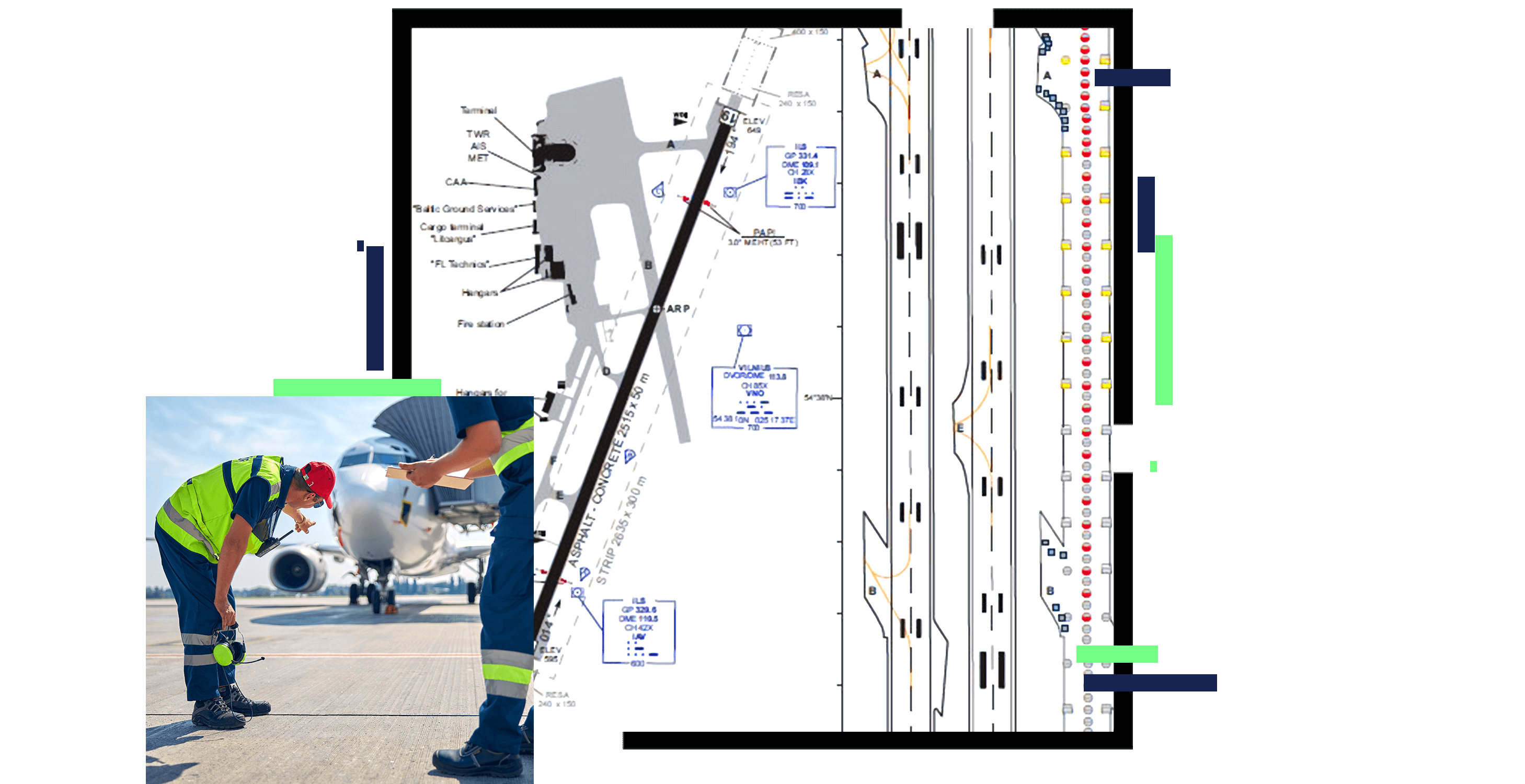Increase business revenue
Grow capacity, analyze statistical data, and gain location-based insights on commerce and passengers to increase business revenue. Understand the trends that increase air traffic at your airport through rich analysis and visualization tools.







